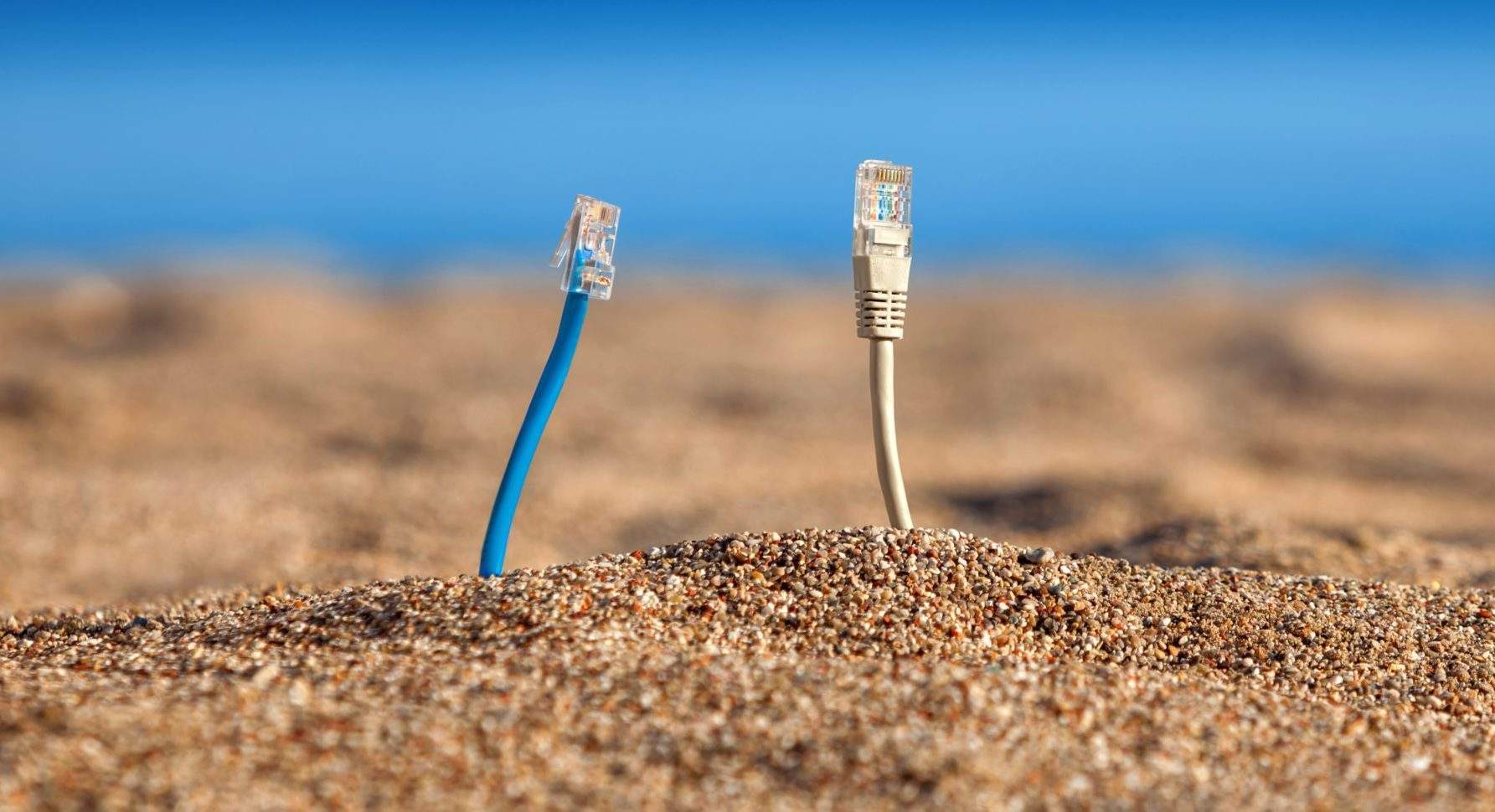
Thousands of miles of fibre optic cables buried along the US coast are at risk from rising sea levels, according to researchers at the University of Wisconsin-Madison and the University of Oregon.
With global sea levels rising at an average rate of 3.2mm for the last 20 years, the study warns that critical communications infrastructure could be submerged in as little as 15 years.
Buried fibre optic cables are designed to be water-resistant, but they are not waterproof like the marine cables that carry data between continents under the ocean.
“Most of the damage that’s going to be done in the next 100 years will be done sooner than later,” said the study’s senior author, UW-Madison professor Paul Barford.
“That surprised us. The expectation was that we’d have 50 years to plan for it. We don’t have 50 years.”
Some areas are already close to the sea level and just a small rise could endanger internet cables and result in outages.
How well do you really know your competitors?
Access the most comprehensive Company Profiles on the market, powered by GlobalData. Save hours of research. Gain competitive edge.

Thank you!
Your download email will arrive shortly
Not ready to buy yet? Download a free sample
We are confident about the unique quality of our Company Profiles. However, we want you to make the most beneficial decision for your business, so we offer a free sample that you can download by submitting the below form
By GlobalDataSea level rise threatens internet in key US cities
The study is the first to assess the risk that climate change poses to the internet. It suggests that more than 4,000 miles of cable will be underwater by 2033.
More than 1,100 traffic hubs – physical infrastructure that facilitates the exchange of internet traffic – are also at risk.
The cities most susceptible are Miami, Seattle and New York, with one of the world’s most important hubs located in Manhattan.
Cables, hubs and data centres in these cities are part of a global network, which means any disruption on coastal areas could have a ripple effect across the world.

Serious and urgent action needed
Much of the internet’s infrastructure is buried and follows long-established rights of way, typically paralleling highways and coastlines, says Barford. “When it was built 20-25 years ago, no thought was given to climate change.”
Improving sea defences, such as building additional sea walls, could buy some time, but according to Bradford “in the long run it’s just not going to be effective”.
The peer-reviewed study combined data from the Internet Atlas, a comprehensive global map of the internet’s physical structure, and projections of sea level incursion from the National Oceanic and Atmospheric Administration (NOAA).
The study only evaluated US cities and found the networks of CenturyLink, Inteliquent and AT&T to be at highest risk.
Bradford urged both industry and government to take action or risk losing internet connectivity in highly populated areas.
“This is a wake-up call,” he said. “We need to be thinking about how to address this issue.”
Read more: Rising sea levels could cost the global economy $14tn a year by 2100






